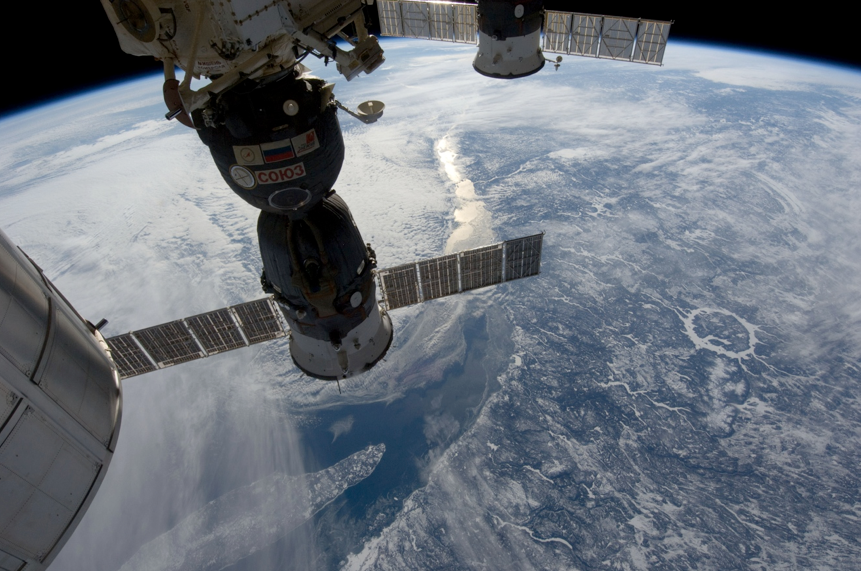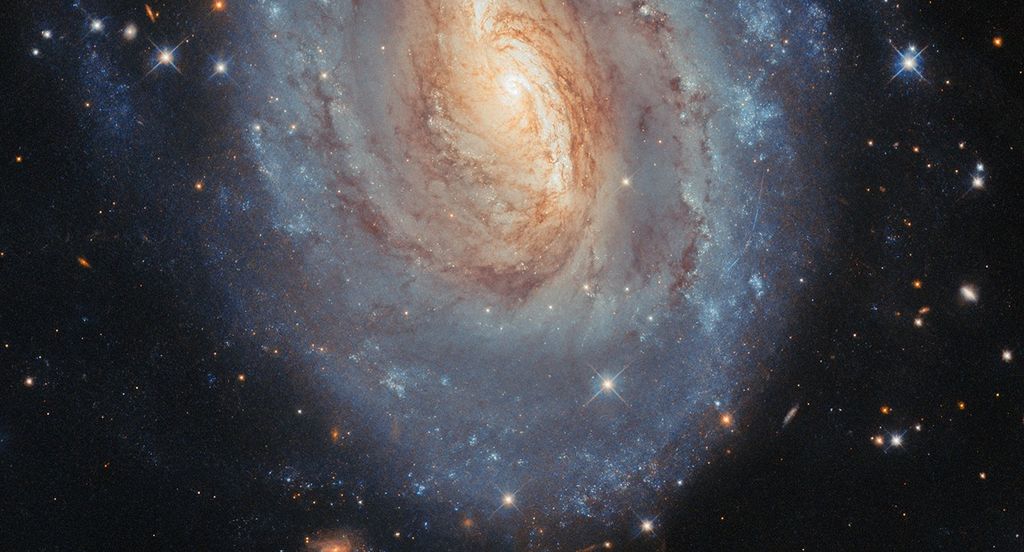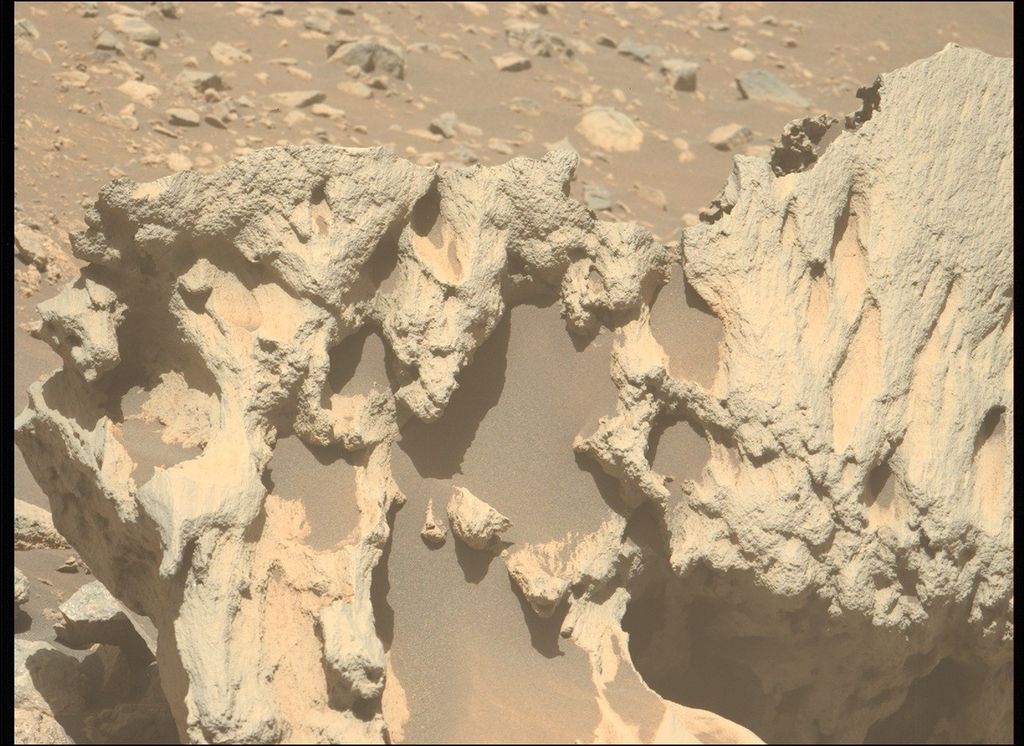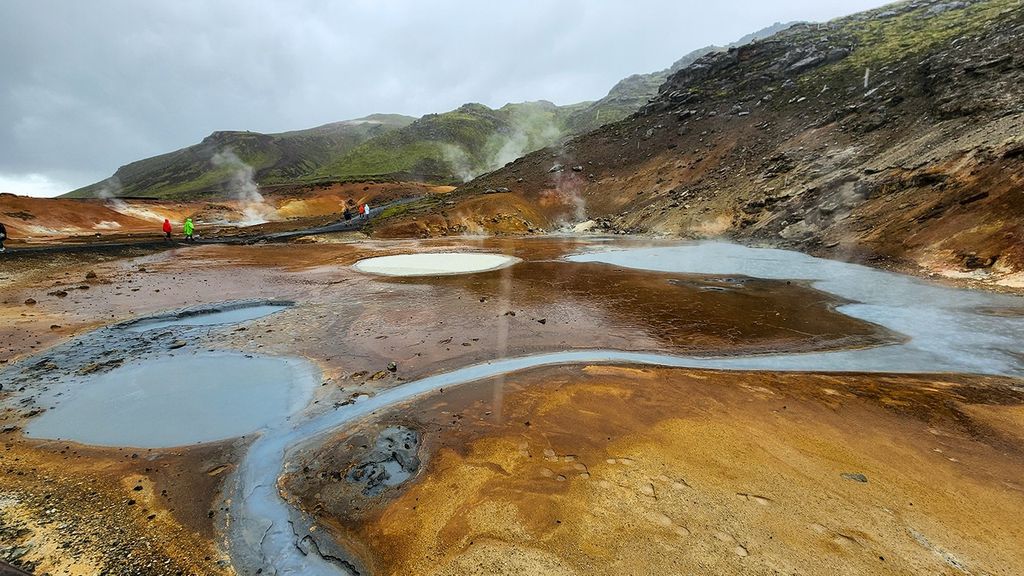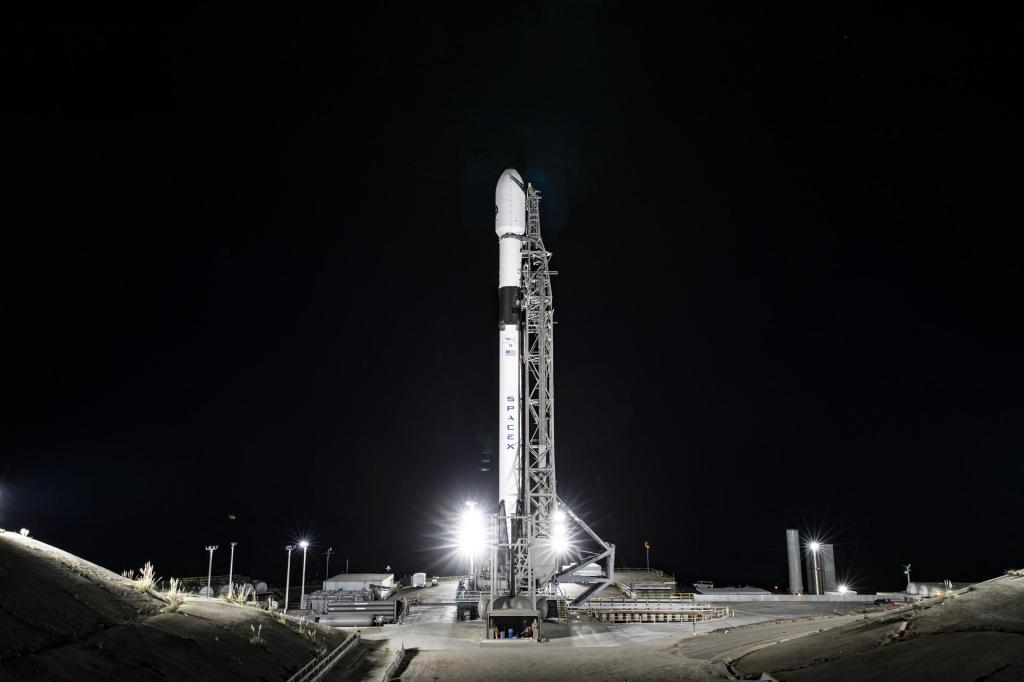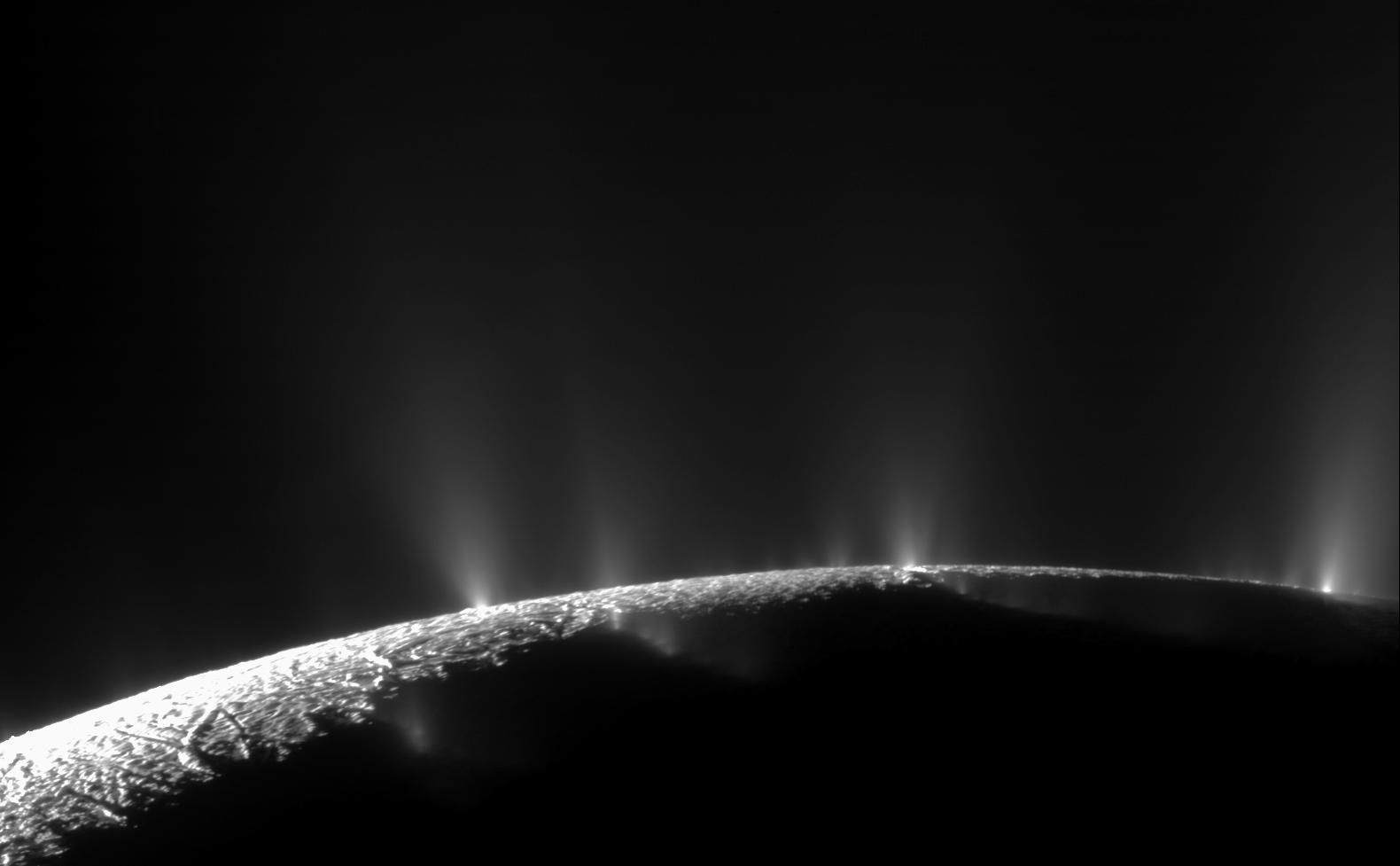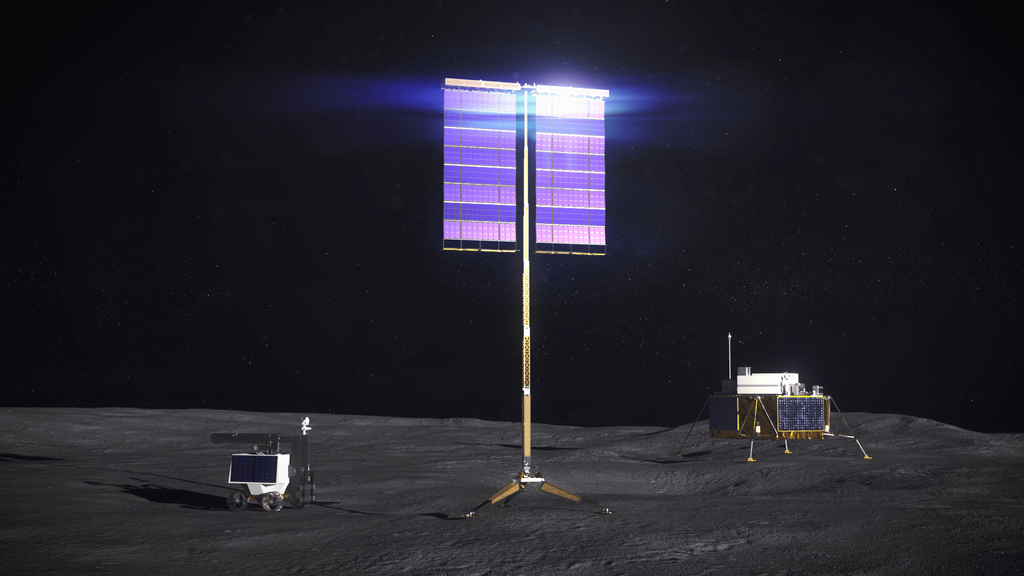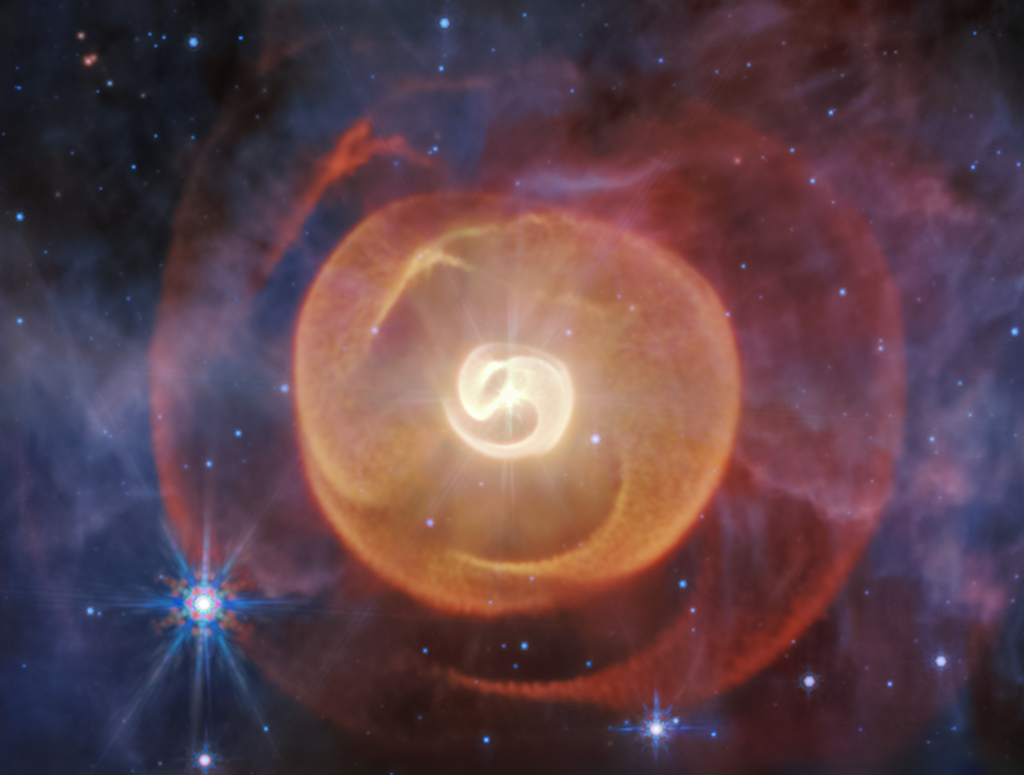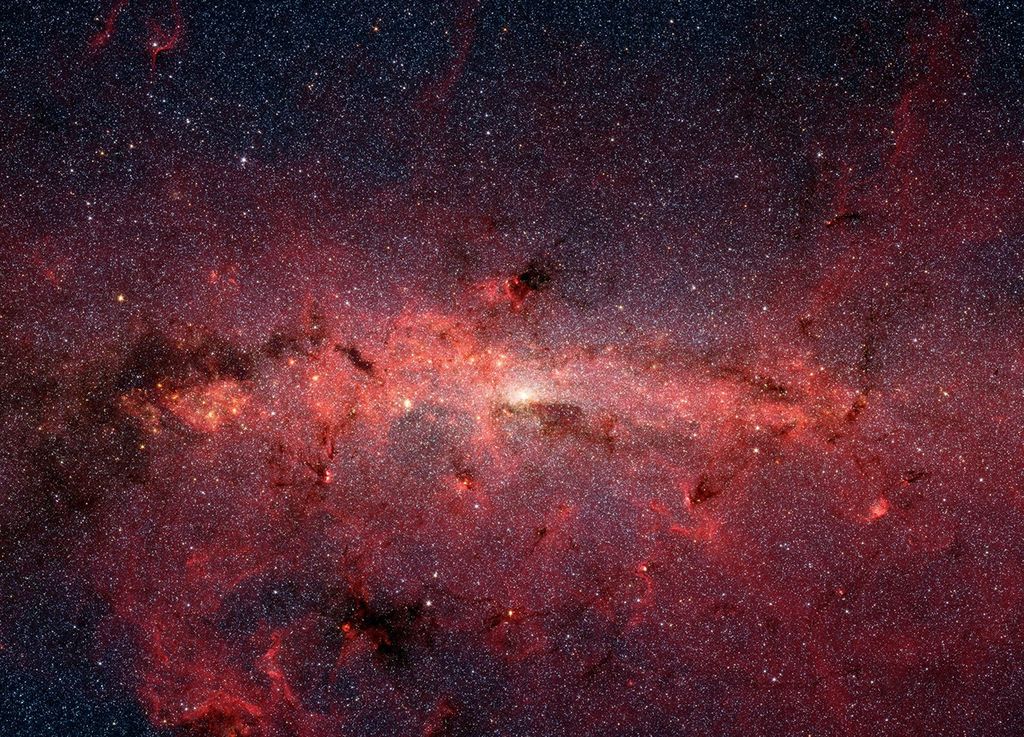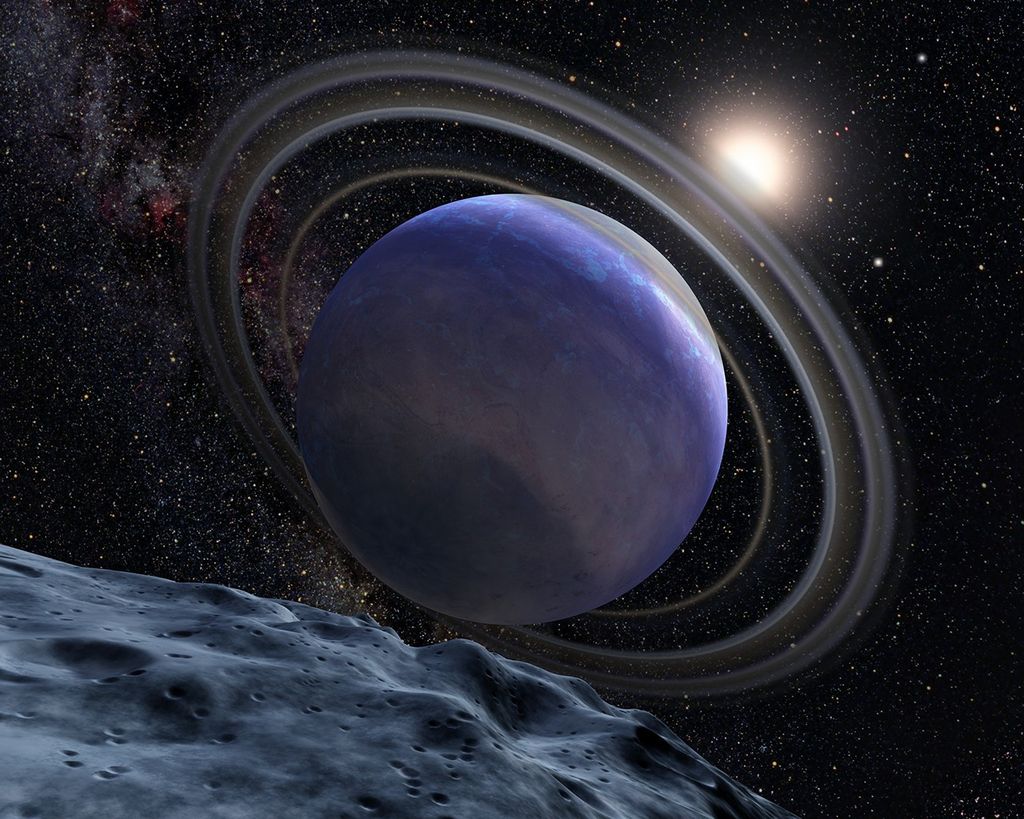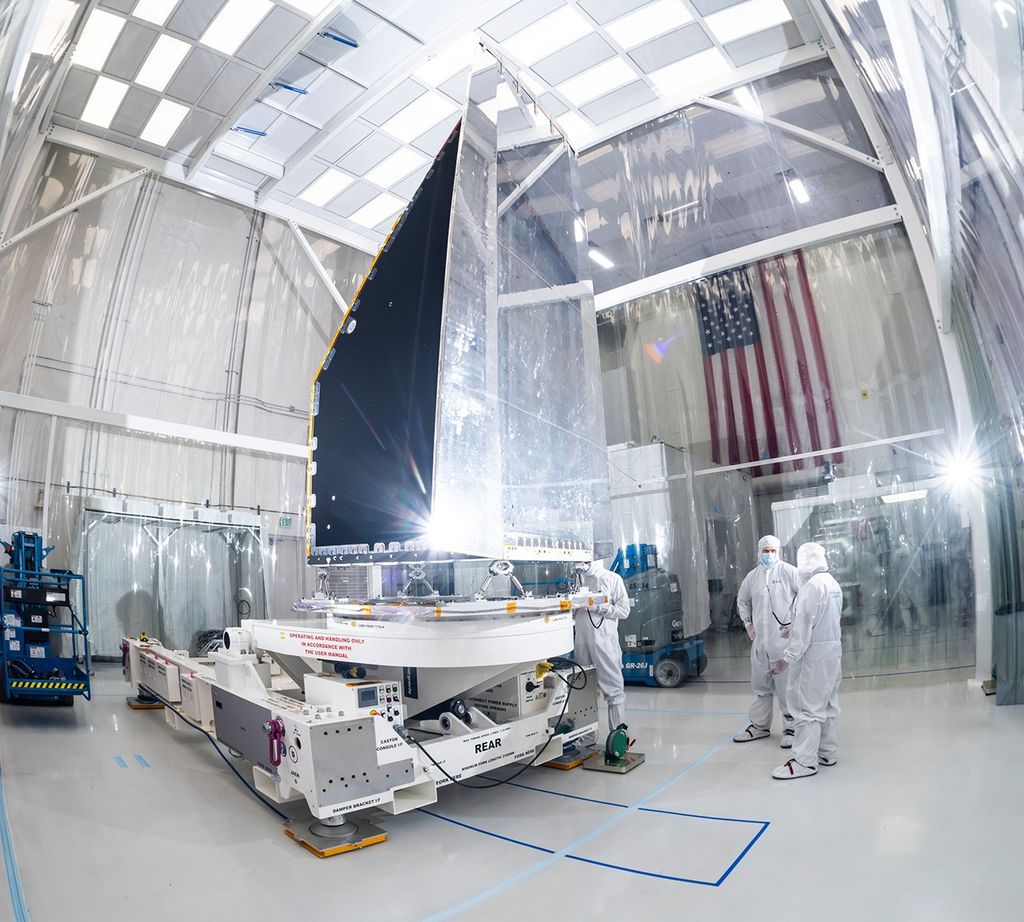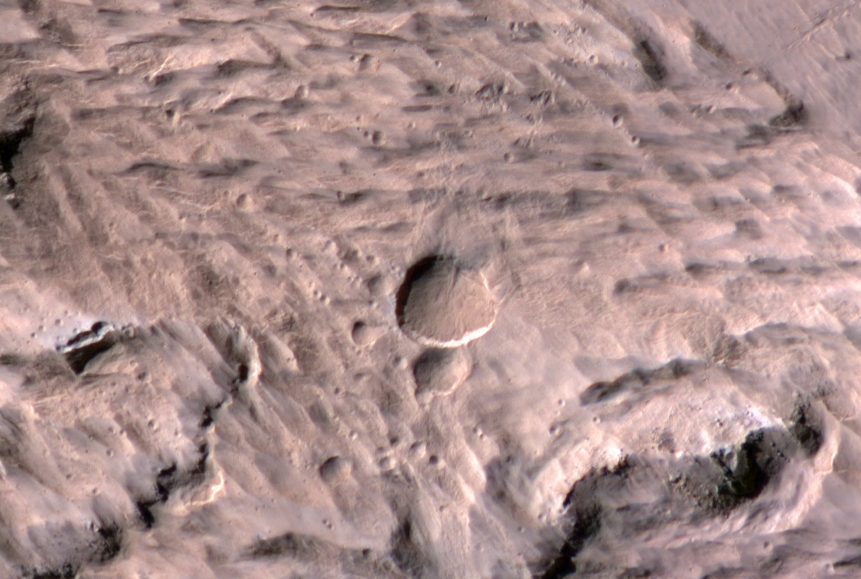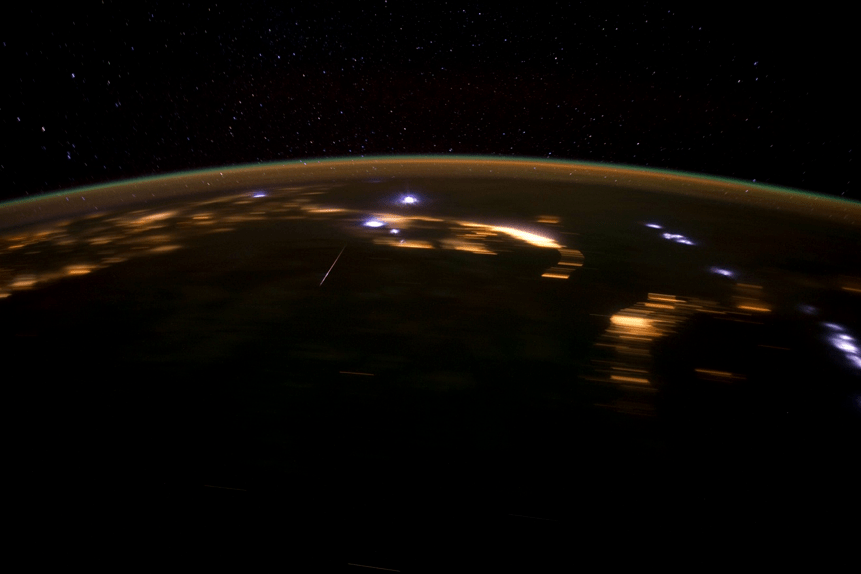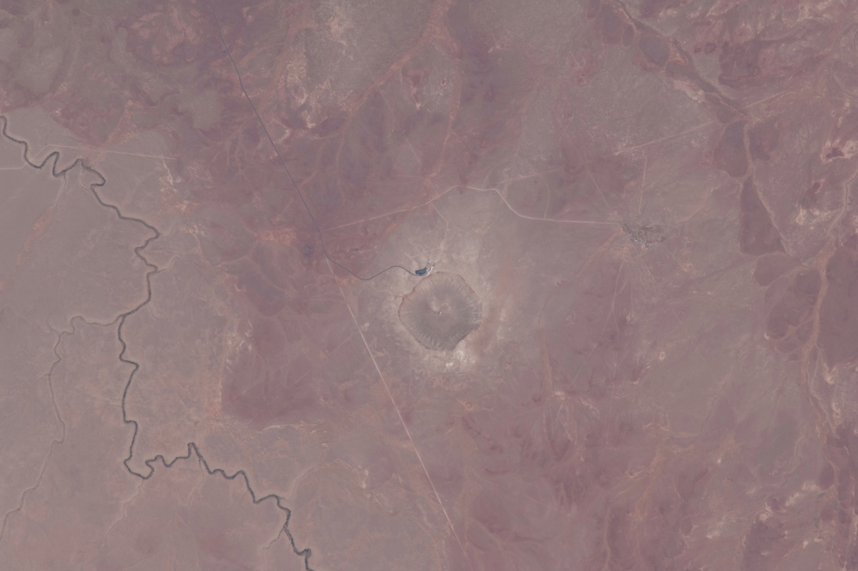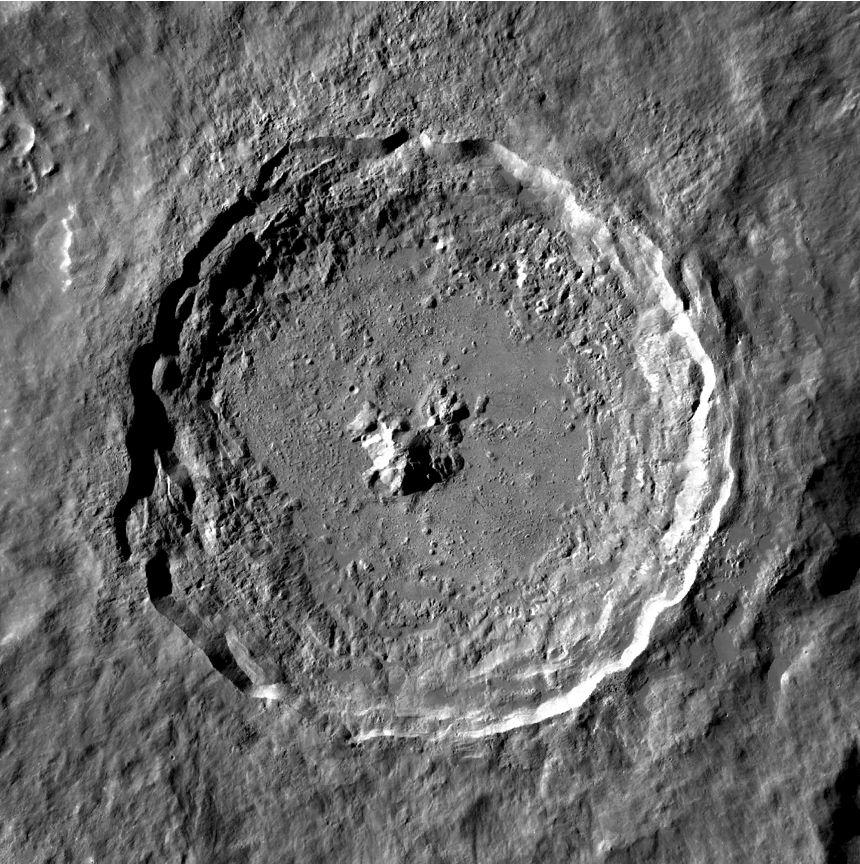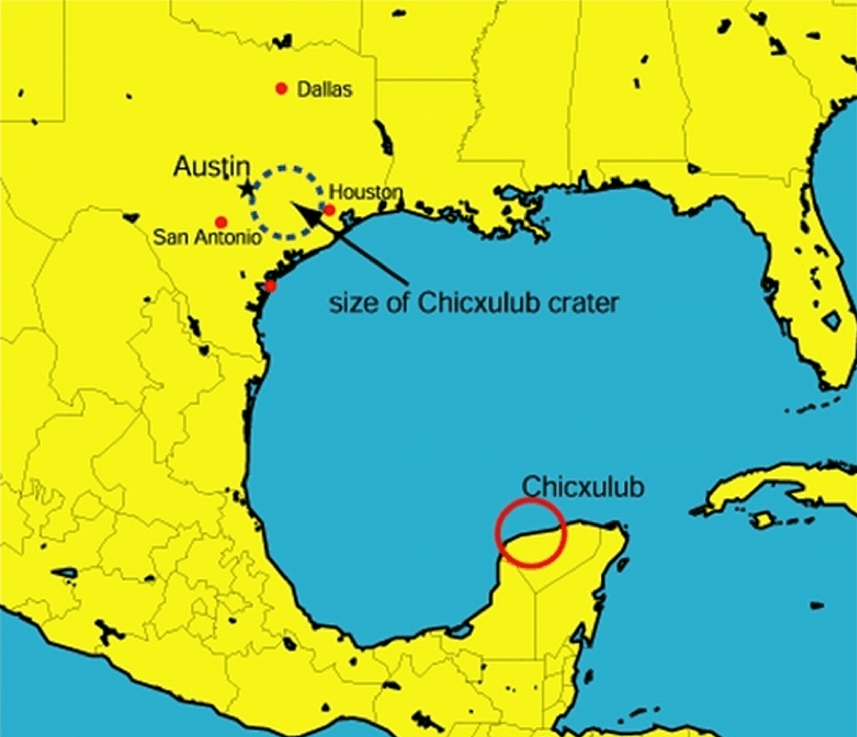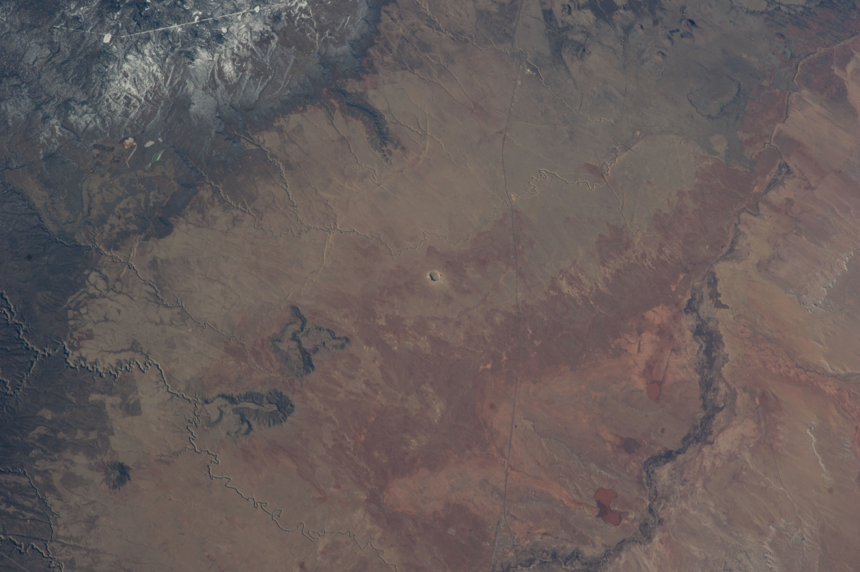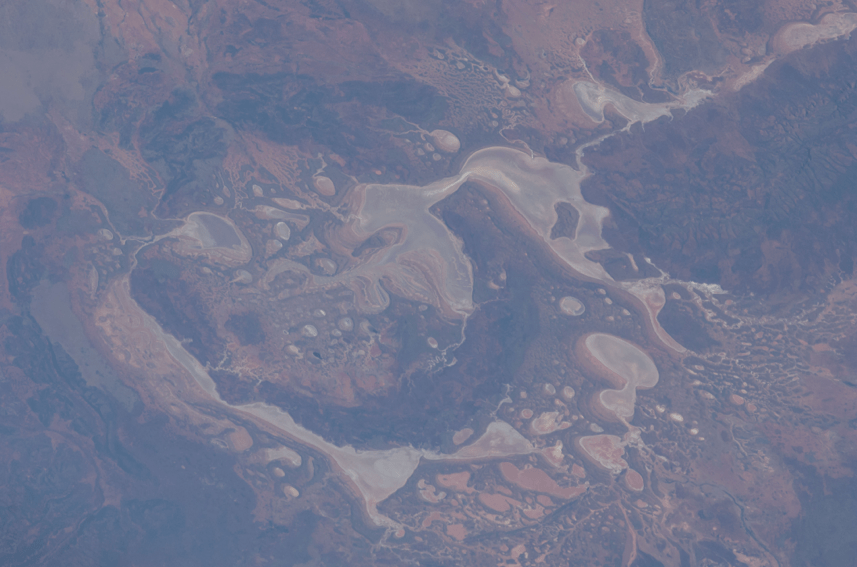Asteroid impacts on Jupiter over the past 20+ years serve as a reminder that the solar system is an active and dynamic place. Crater evidence shows that during the first billion years or so of solar system history, asteroids were regularly bombarding planetary bodies at a devastating rate. On some bodies – for instance, Earth’s Moon, or the planet Mercury – the evidence of billions of years of impacts is highly visible, because these bodies have very little weathering or active geology.
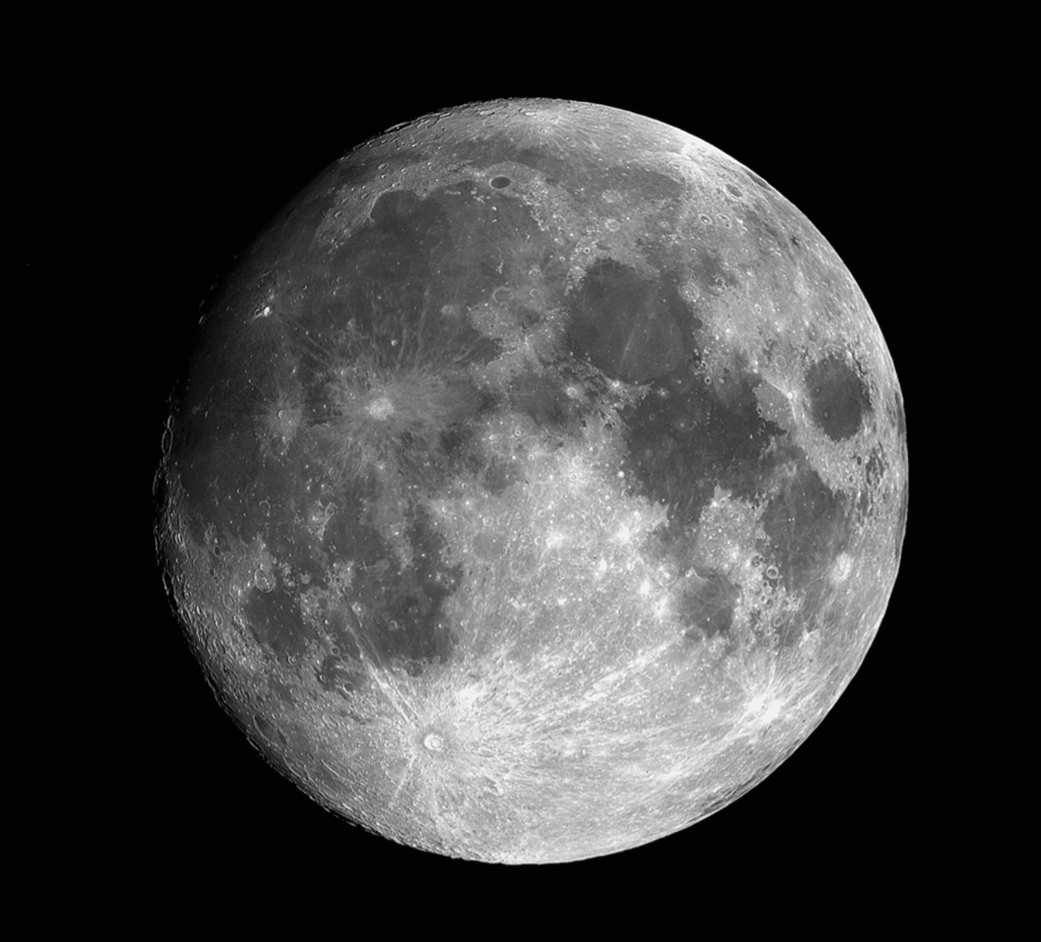
• Our understanding of the role of asteroid impacts in solar system history is relatively new. Planetary exploration missions over the past 50 years have revealed the extent of cratering throughout the solar system. Scientists are able to estimate the age of these craters, which allows them to estimate the rate of cratering over time. They surmise that the impact flux during that first billion years or so of heavy bombardment was at least a 100 times higher than the present rate.
• Recent planetary missions have shown that impacts do, indeed, continue to occur. Here are some “before and after” pictures showing new impact craters on the Moon and Mars, formed within the past 10 years. The Lunar Reconnaissance Orbiter took this first set of pictures, and the Mars Reconnaissance Orbiter took this second set of pictures.
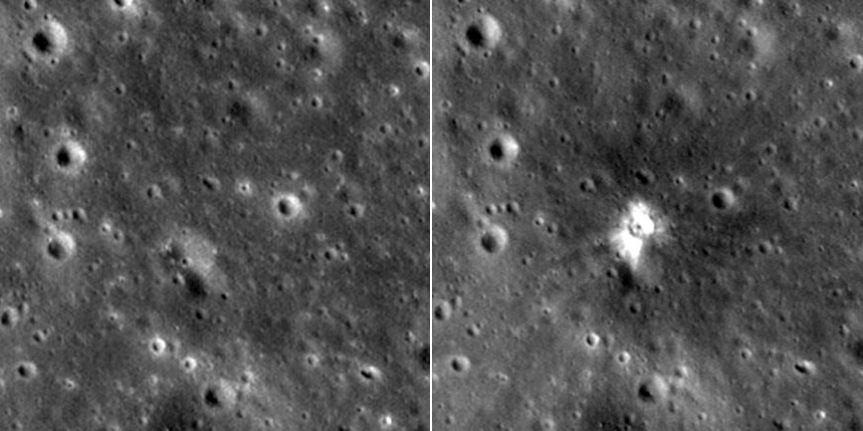
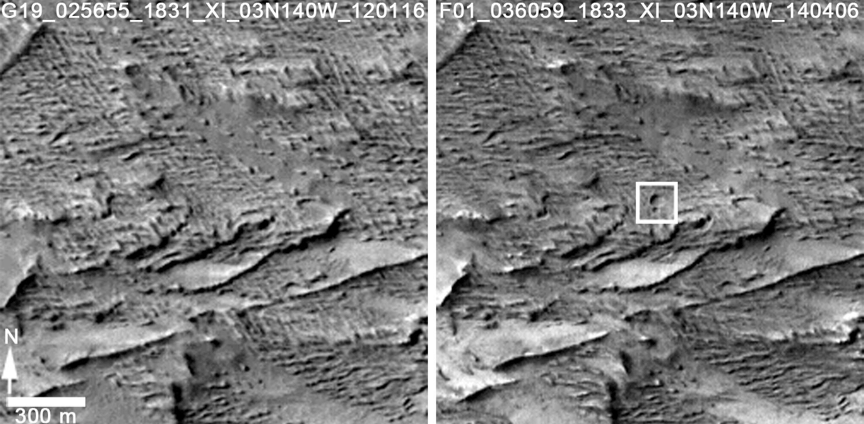
We’ve also been recording instances of recent asteroid collisions with Earth – this map shows at least 556 collisions of small asteroids with Earth from 1994-2013. The map shows that small asteroids, with sizes of only a few meters, hit the atmosphere and disintegrate with surprising frequency – around every other week. The color of a dot indicates whether the impact occurred during daylight or nighttime hours, and the size of a dot indicates how much energy was released by the impact. Keep in mind that Earth’s atmosphere does a good job of protecting us from these small objects, while the Moon and Mars don’t have a similar sort of protective shield.
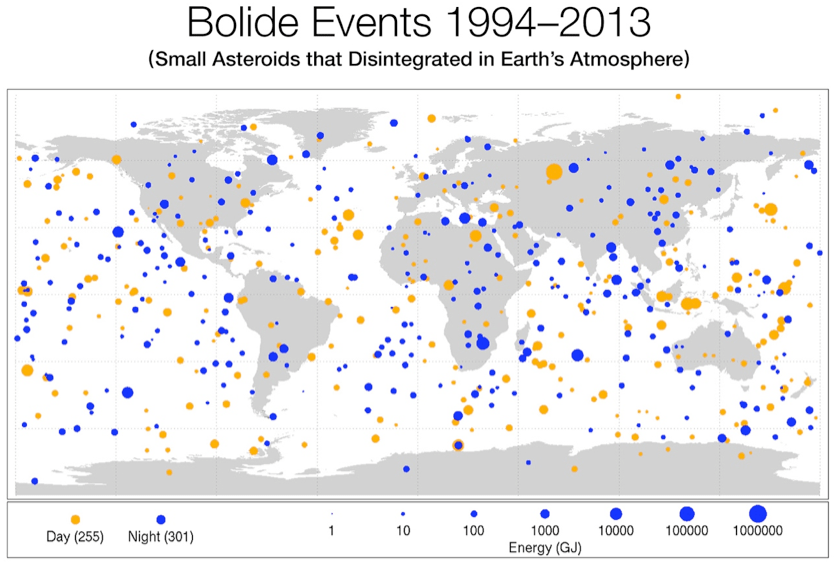
While we know that small asteroid impacts with Earth are not unusual, the risk of future, possibly larger, impacts is not to be taken lightly. “The aim is to find potentially hazardous asteroids before they find us,” as asteroid expert Don Yeomans has said.
Every day, Earth is bombarded with more than 100 tons of dust and sand-sized particles from space. About once a year, an automobile-sized asteroid hits Earth’s atmosphere, creating a spectacular fireball (bolide) event as the friction of Earth’s atmosphere causes them to disintegrate.
Studies of Earth’s history indicate that about once every 5,000 years or so, on average, an object the size of a football field hits Earth and causes significant damage. Once every few million years, on average, an object large enough to cause regional or global disaster impacts Earth.
Most terrestrial impact craters have been obliterated by weathering and geological processes. Meteor Crater near Winslow, Arizona, is one spectacular example of a crater that remains very visible. It was created by the impact of an estimated 50-meter sized asteroid about 50,000 years ago. This feature, 1.2 kilometers (almost a mile) in diameter, is the first that scientists recognized as an impact crater.
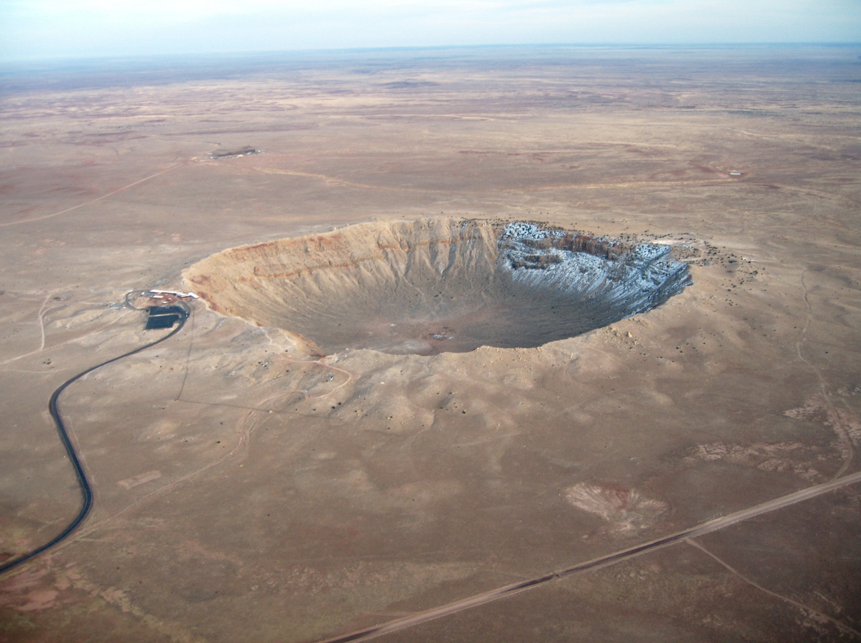
Since Meteor Crater was identified, aerial and space-based observations and subsurface excavations have discovered a total of 188 craters on Earth, so far. We’re still looking.
The morphology, or form, of impact craters differs depending on size. Smaller impact craters, up to 4 kilometers in diameter, have a bowl-shaped form – like Meteor Crater. We call them simple structures. Complex impact craters, 4 kilometers or larger in diameter, have central uplifted features in the form of peaks or rings, and slumped rims. These two basic types of crater morphology have been observed throughout the solar system, including on Earth.

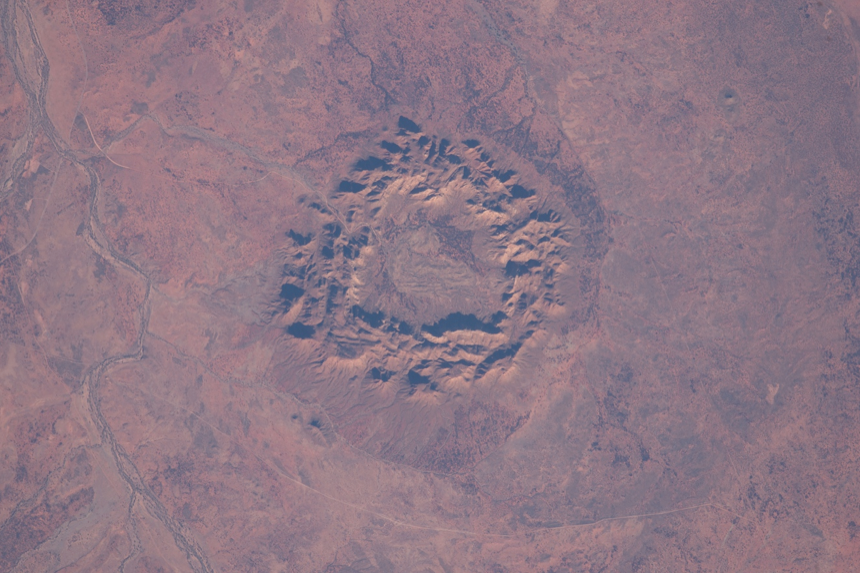
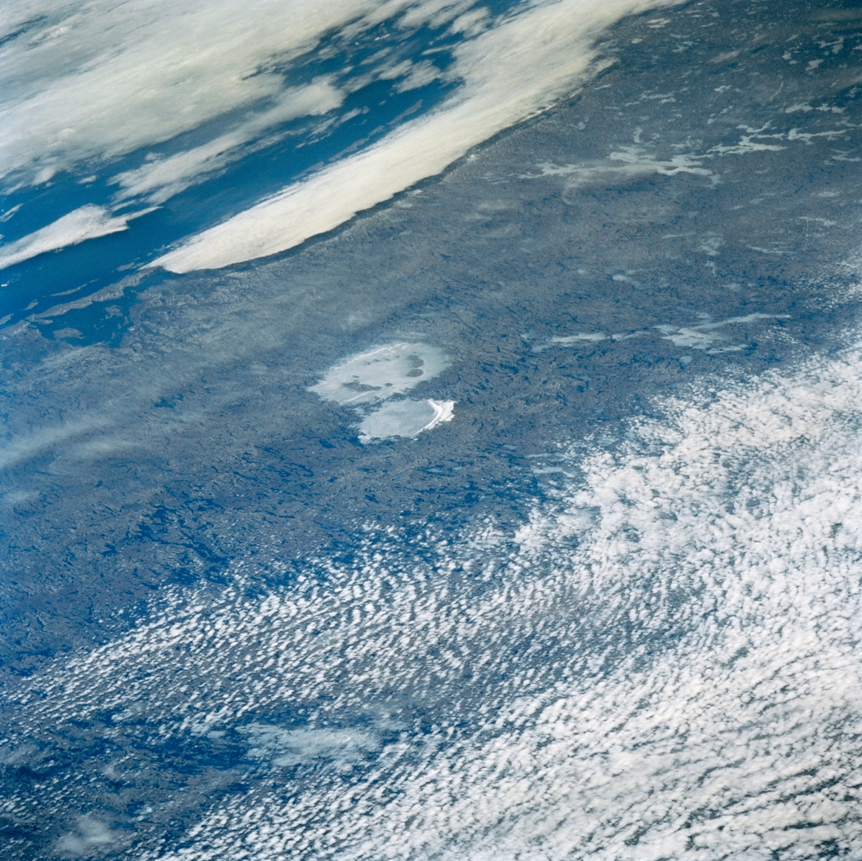
You may have heard of the Cretaceous-Tertiary impact event which produced the buried 180-kilometer-diameter Chicxulub impact structure in the Yucatan region of Mexico around 65 million years ago. This impact is believed to have caused global-scale environmental effects that led to the extinction of the dinosaurs.
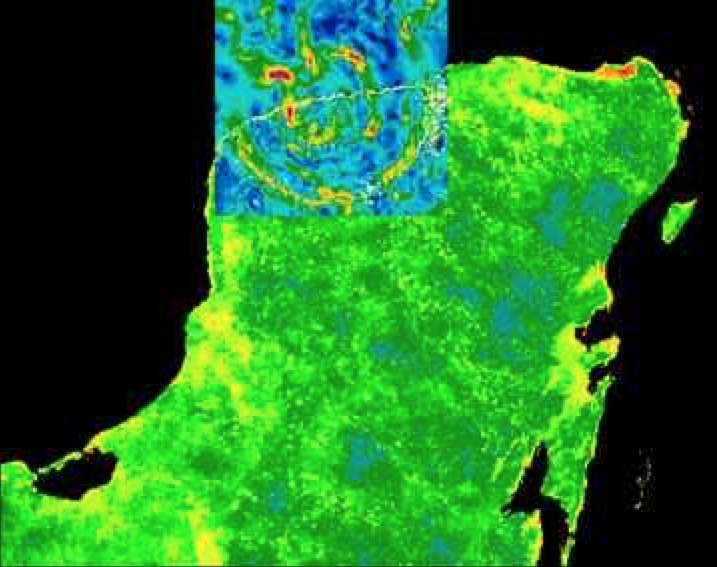
Based on estimates of the rate of cratering on Earth over its 4.5 billion year lifetime, scientists have determined that impacts as large as the Cretaceous-Tertiary event have occurred, and may continue to occur, every 50 million to 100 million years. Smaller impact events occur more frequently. Inevitably, an impact will occur that will cause local, regional, or even global damage. We just can’t predict exactly when such an impact will occur without having a complete catalog of all objects passing near the Earth’s orbit.
This is why we care about planning for planetary defense. What planetary defense is all about is developing all the capabilities we need to detect the possibility of potential asteroid impacts with Earth, warn of predicted impacts, and then either prevent them or mitigate their possible effects.
